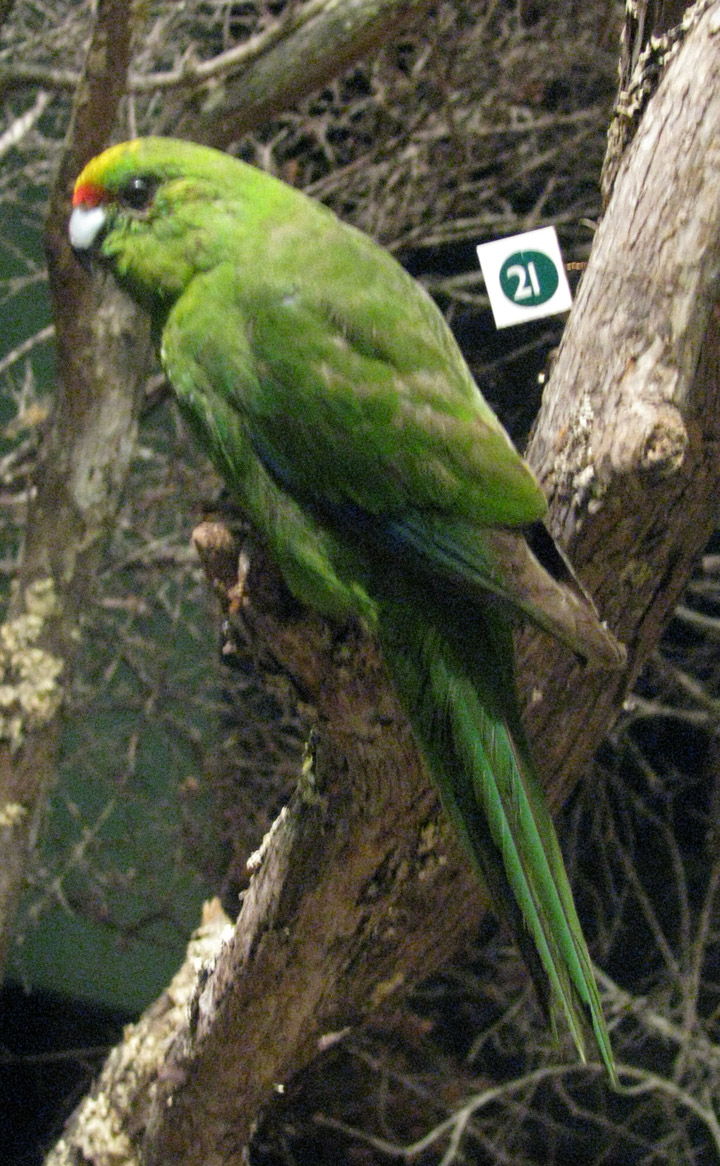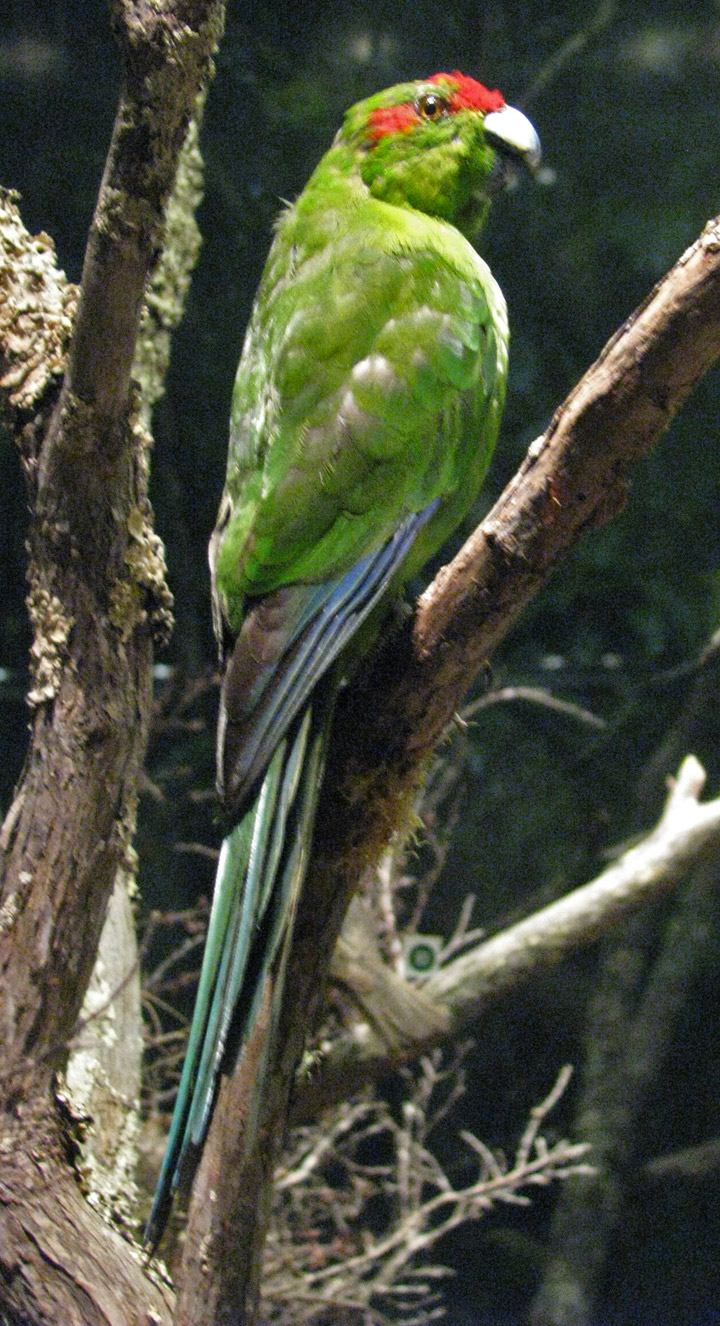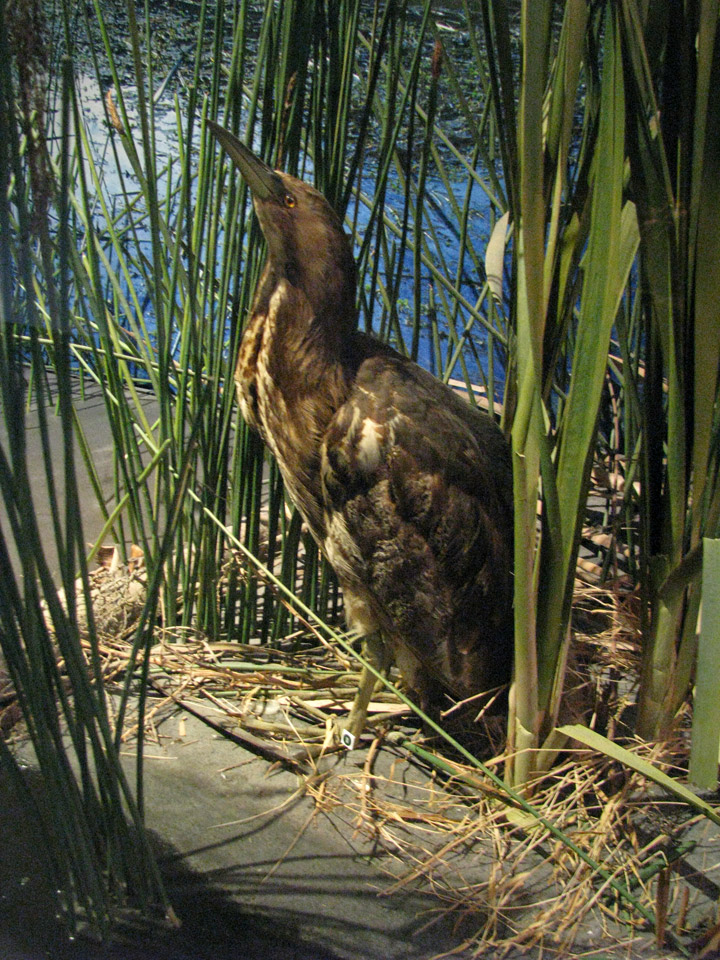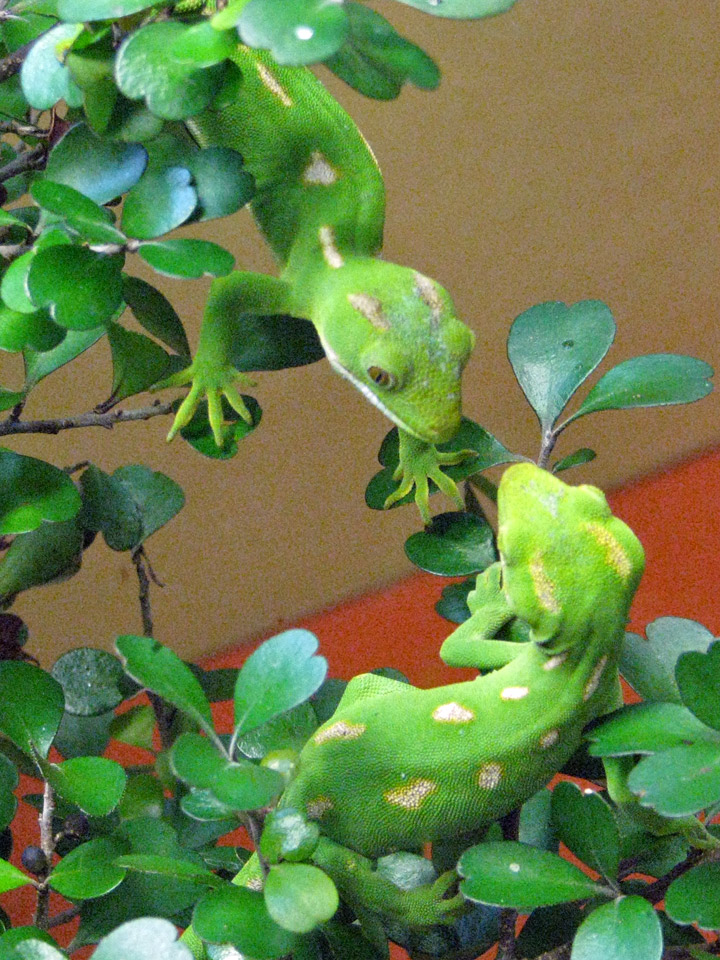

Museum

Auckland Museum
The Auckland War Memorial Museum (or simply the Auckland Museum) is one of New Zealand's most important museums and war memorials. Its collections concentrate on New Zealand history (and especially the history of the Auckland Region), natural history, as well as military history.
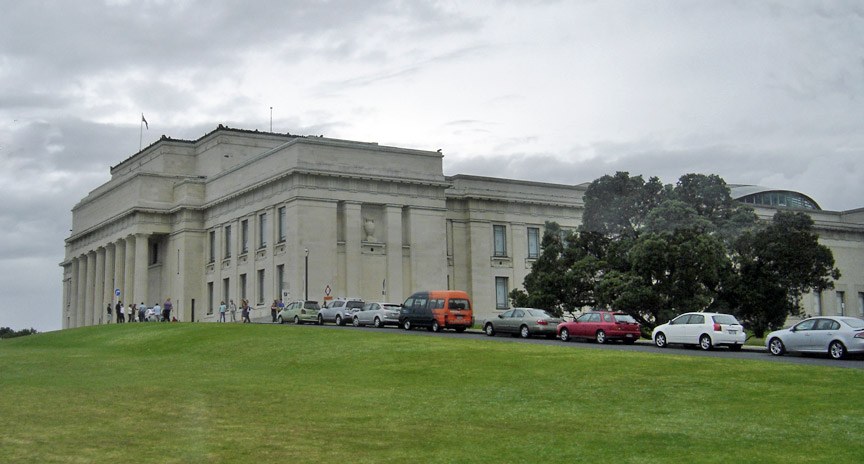
The museum is also one of the most iconic Auckland buildings, constructed in the
neo-classicist style, and sitting on a grassed plinth (the remains of a dormant
volcano) in the Auckland Domain, a large public park close to the Auckland CBD.
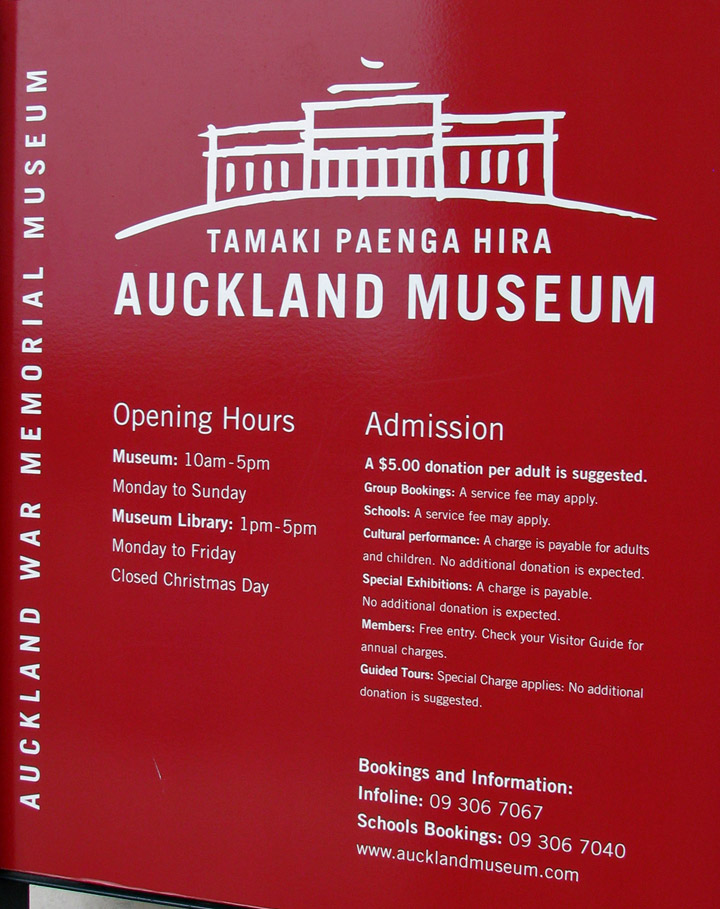
The museum was established in 1852, the present heritage building in the Domain
being opened in 1929. It was extended in the late 1950s, when an administration
annex with a large semi-circular courtyard was added to the southern rear.
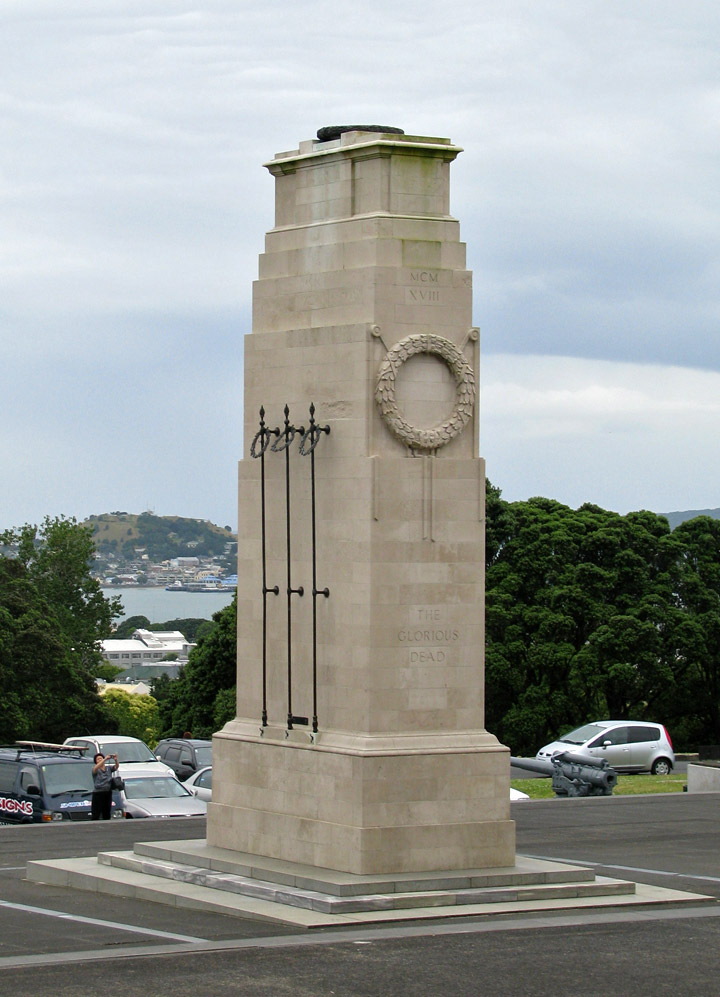
War Memorial
In the last two decades, the museum was renovated and extended in two stages. The first stage saw the existing building restored and the exhibits partly replaced during the 1990s for $NZ 43 million. The second stage of this restoration has seen a great dome / atrium constructed within the central courtyard, increasing the building's floor area by 60% (an addition of 9,600 m²) for a price of $NZ 64.5 million. $NZ 27 million of that was provided by the government, with the ASB Trust ($NZ 12.9 million) and other donors making up the remainder. The second stage finished in 2007.
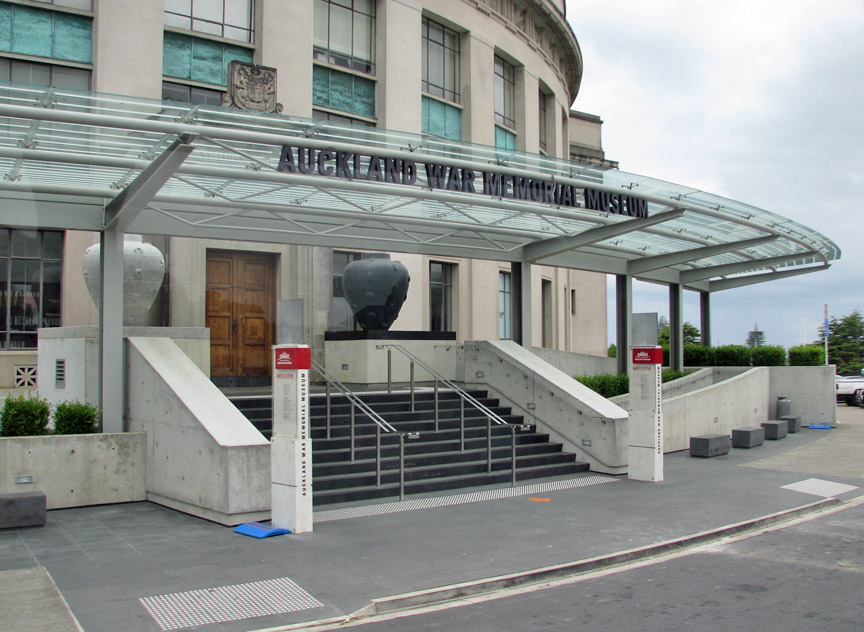
new entrance
The copper and glass dome, as well as the viewing platform / event centre underneath it had been criticized by some as 'resembling a collapsed soufflé', but quickly won the admiration of critics and public, being noted for 'its undulating lines, which echo the volcanic landscape and hills around Auckland'. Standing in the event centre underneath the top of the dome was likened to being underneath the 'cream-coloured belly of a giant stingray', 'with its rippling wings hovering over the distinctive city skyline'. In June 2007, the 'Grand Atrium' project also received the Supreme Award of the New Zealand Property Council, which noted it as being "world-class", and a successful exercise in combining complex design and heritage demands. It has also received the ACENZ Innovate NZ Gold Award (Structural Engineering) for the redevelopment.
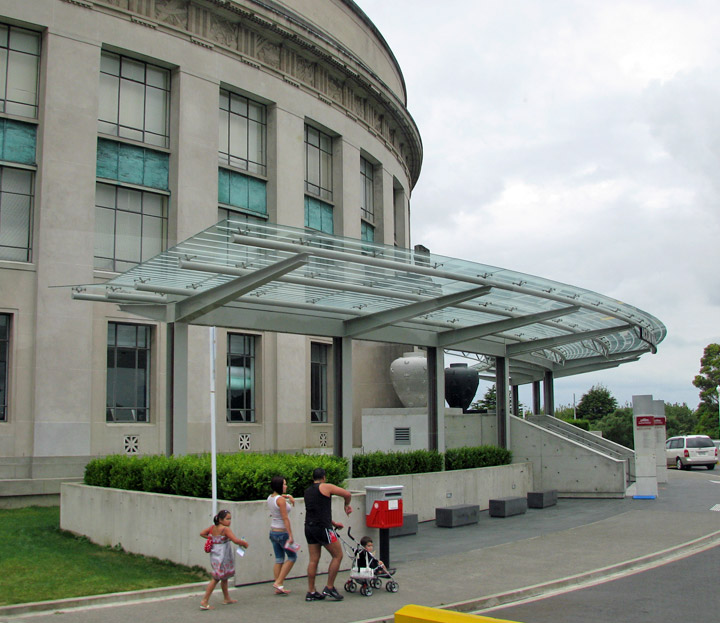
visiting the museum
The new sections underneath the dome, mostly contained within a kauri-wood-paneled sphere approximately 30 m across, will add 900 m² of additional exhibition space, as well as a 700 people event centre under the dome roof with a 48 m wide free span, new areas for tour and school groups including an auditorium in the sphere/bowl with 200 seats, as well as a restaurant with 450 seats. The bowl which is the internal centre-piece of the expansion weighs 700 tonnes and is suspended free-hanging from trusses spanning over it from the elevator four shafts located around it. A new 204-spaces underground parking garage at the rear has also been constructed to help cover the high demand for parking in the Auckland Domain.
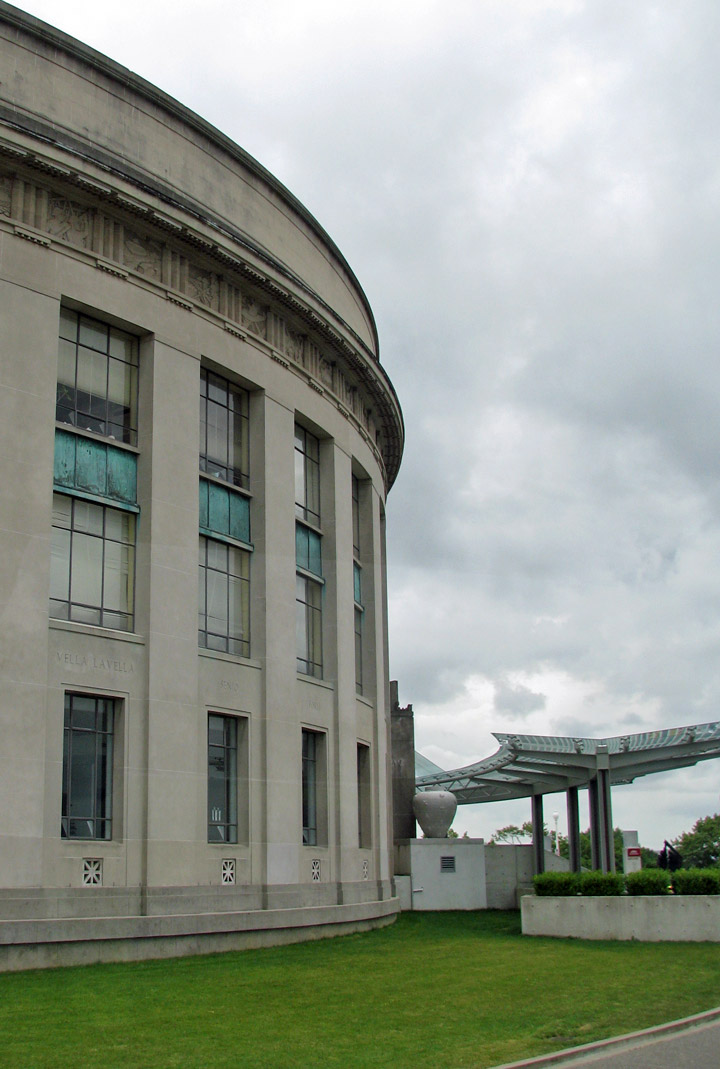
The new sections of the museum have been favourably likened to a Matryoshka
doll, buildings nested within a building.
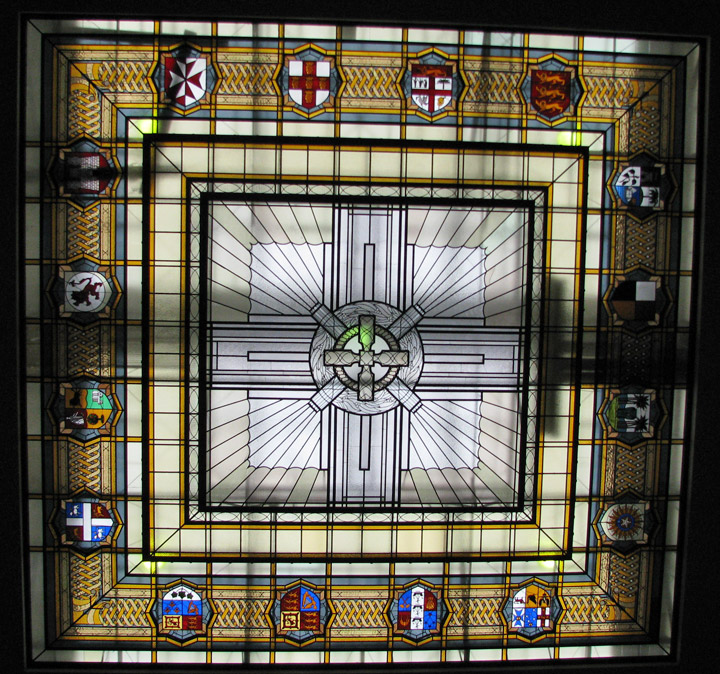
ceiling of original section
There have been preliminary talks of building a new railway station (possibly
featuring the historic station building of the Newmarket Train Station) in the
Parnell suburb directly to the east of the Museum. It is thought that such a
station would see high demand from Museum visitors, especially students and
school children.
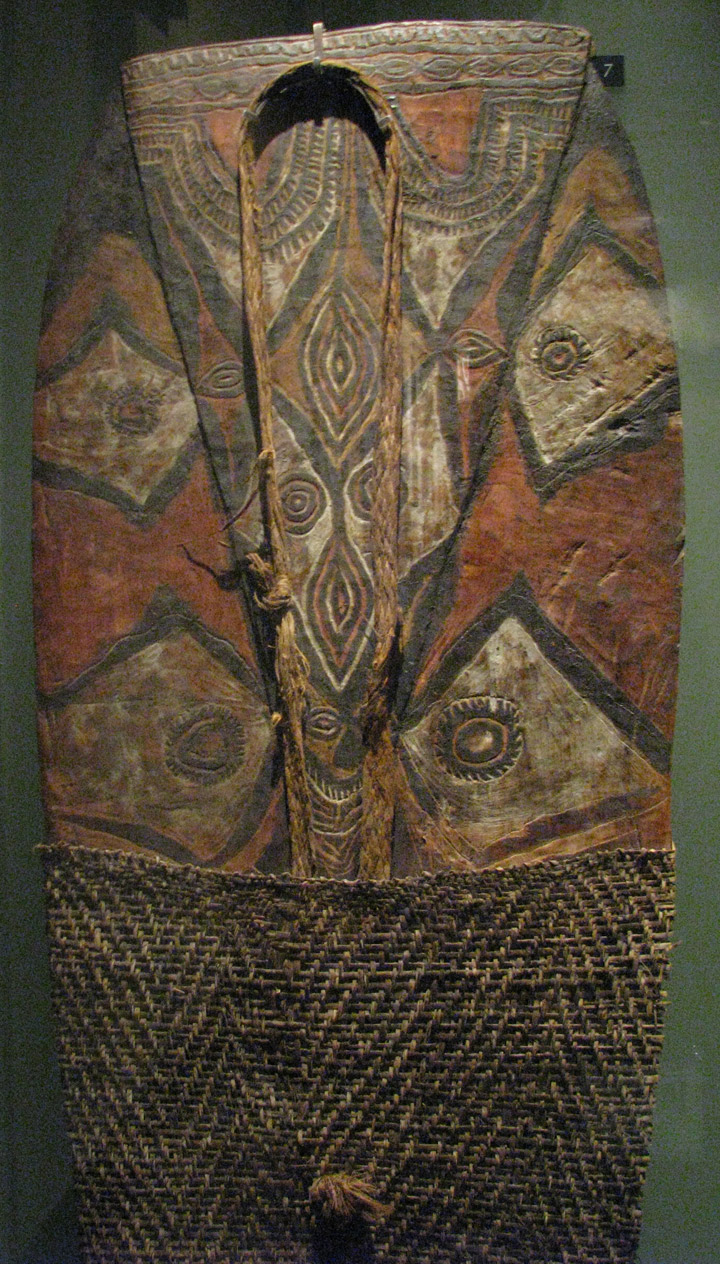
Polynesian Art
Photos of Pacific Island artifacts
The museum houses the largest collection of Māori and Pacific Island artifacts and treasures in New Zealand, including for example three entire buildings and a waka (war canoe) from 1830. The museum also stores a photographic collection of 1.2 million images, and stores and exhibits 1.5 million natural history specimens from the fields of botany, entomology, geology, land vertebrates and marine biology. The stated goal is to eventually possess specimens from all New Zealand species.
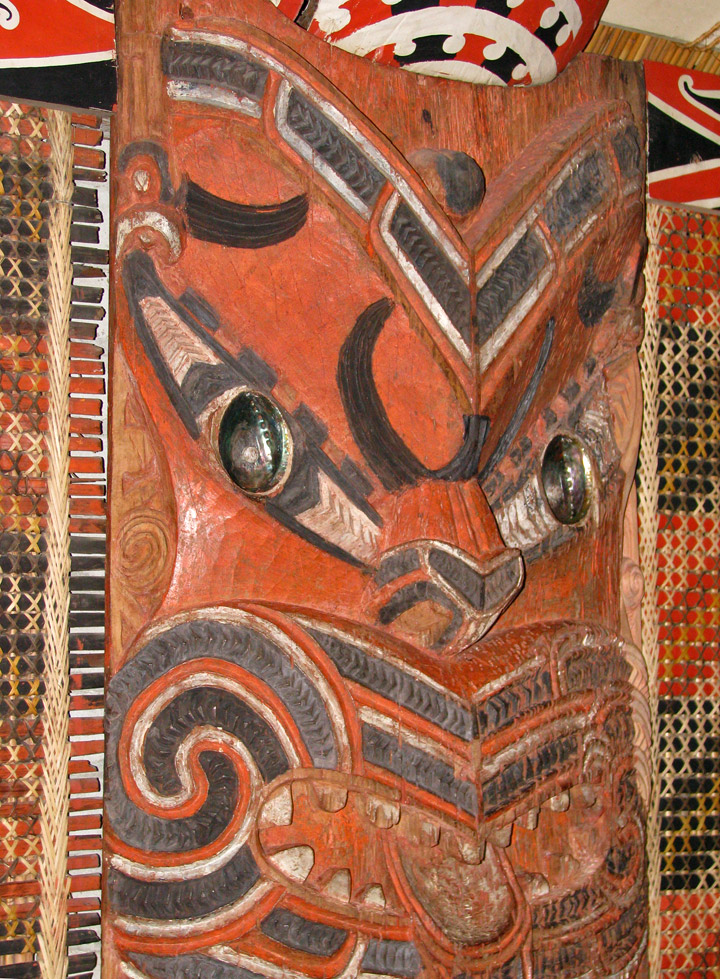
Maori Art
Photos from the Maori exhibits
There is also an extensive permanent exhibition covering wars, both within New Zealand and New Zealand's participation in overseas conflicts. This exhibition is linked to the War Memorial (see below), and for example shows models of Maori pas (earth fortifications) and original Spitfire and Mitsubishi Zero airplanes.
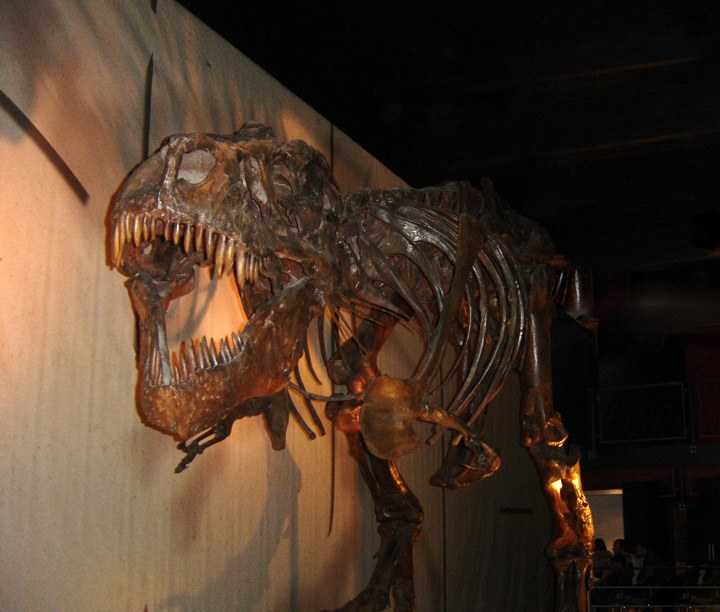
"Sue"
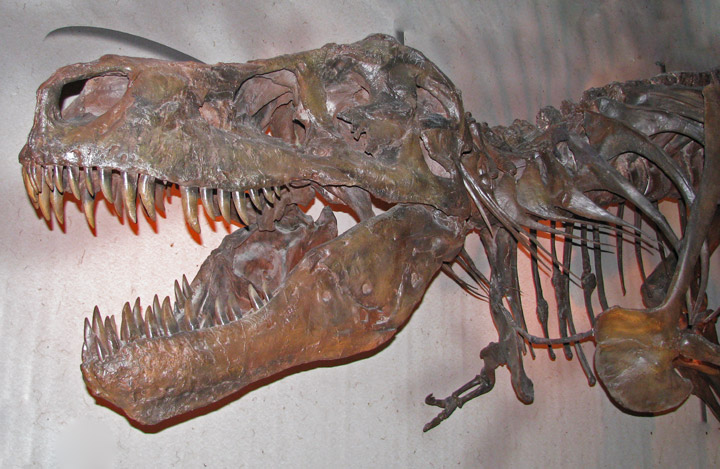
The museum also offers changing special exhibitions. In the recent past (2006),
these have included a Da Vinci and a Vikings exhibition. The initial exhibition
after the grand re-opening in early December 2006 was 'Vaka Moana', a show about
the first polynesian explorers reaching New Zealand. Afterward, the exhibition
will travel the world for several years. Currently, the museum is host to a cast
of the most complete (over 90%) Tyrannosaurus Rex fossil ever found, nicknamed
"Sue".
Text from Wikipedia
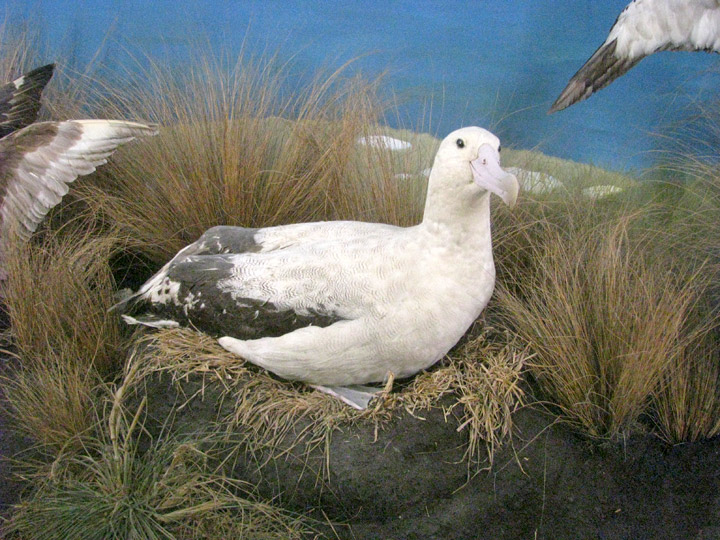
Albatross
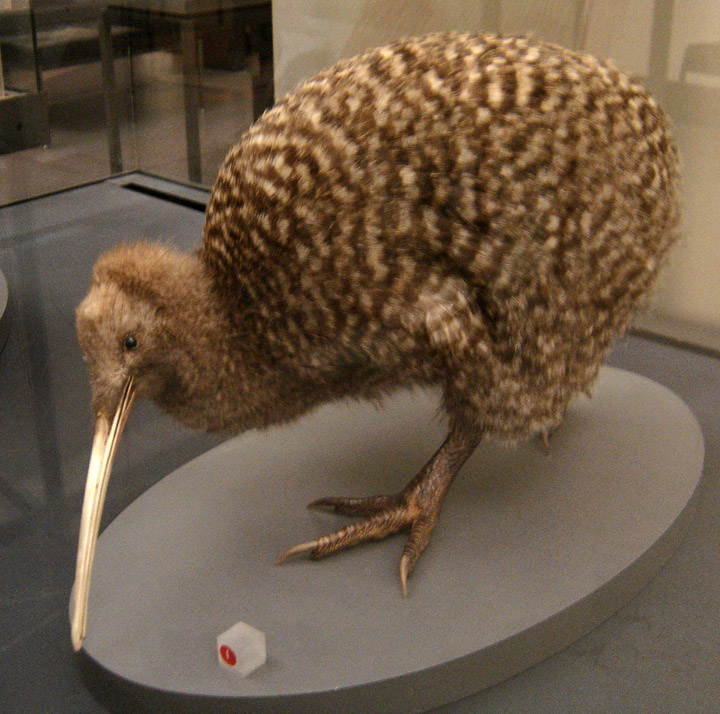
Kiwi
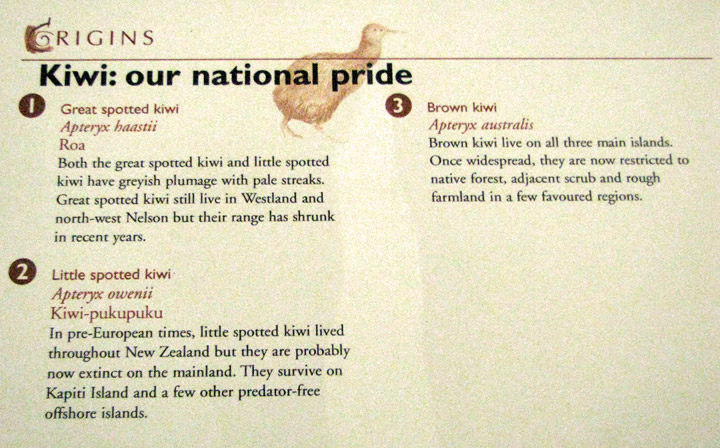
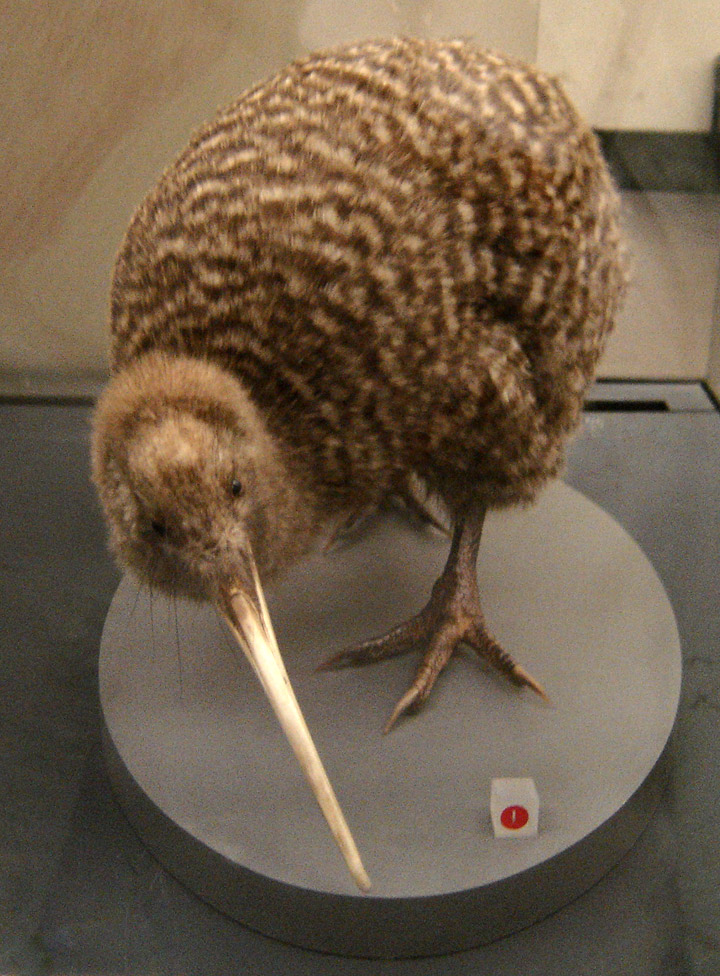

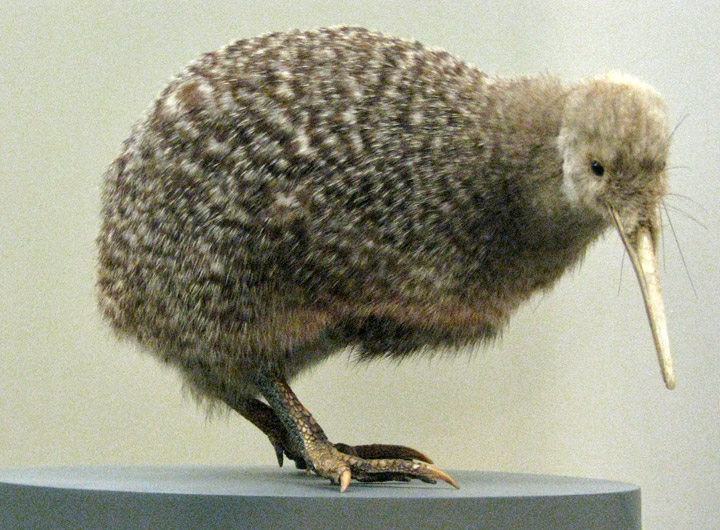
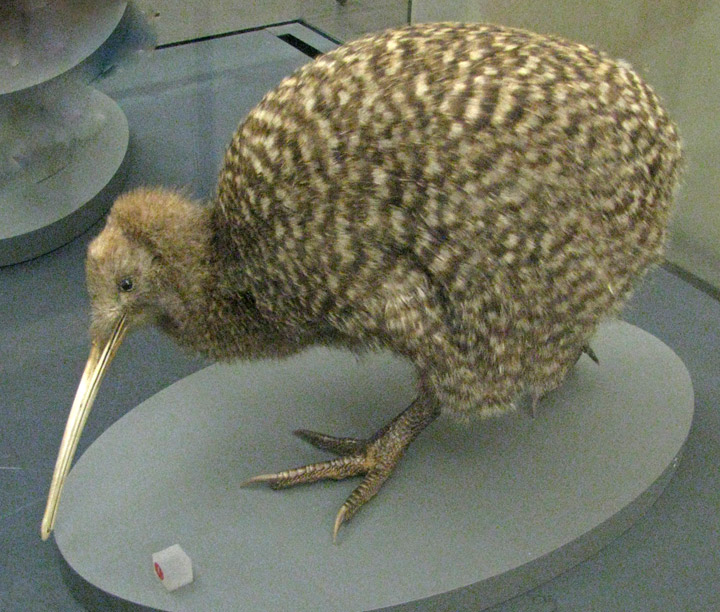
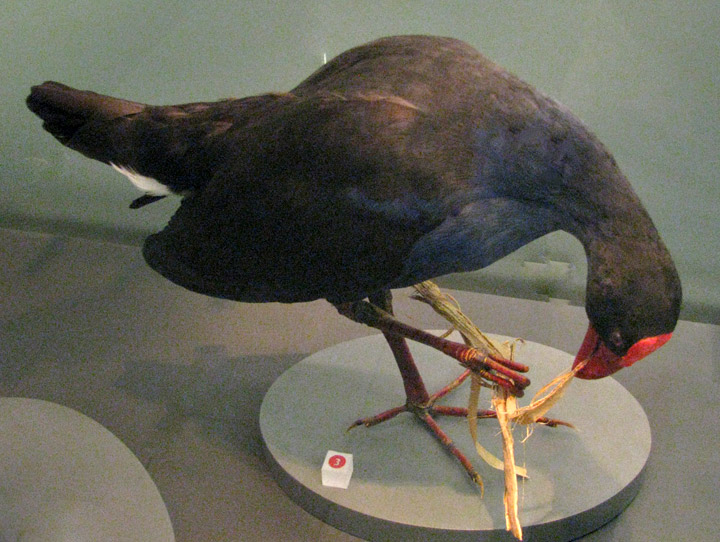
Takahe
